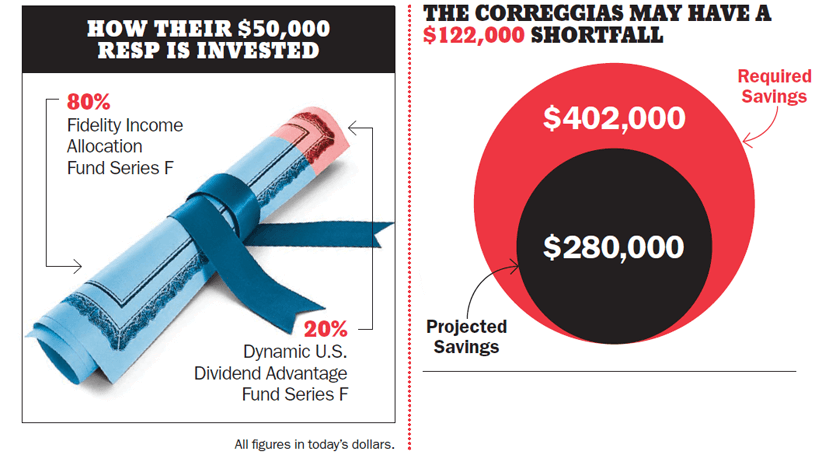How to pay for your kids’ education
Achille and Heidi Correggia of Brantford, Ont. want to pay tuition for all their three kids. Are they saving enough?
Advertisement
Achille and Heidi Correggia of Brantford, Ont. want to pay tuition for all their three kids. Are they saving enough?

 Do you want MoneySense to see if you’re on track to meet your own financial goal? If so, drop us a line at [email protected]
Do you want MoneySense to see if you’re on track to meet your own financial goal? If so, drop us a line at [email protected]
Share this article Share on Facebook Share on Twitter Share on Linkedin Share on Reddit Share on Email